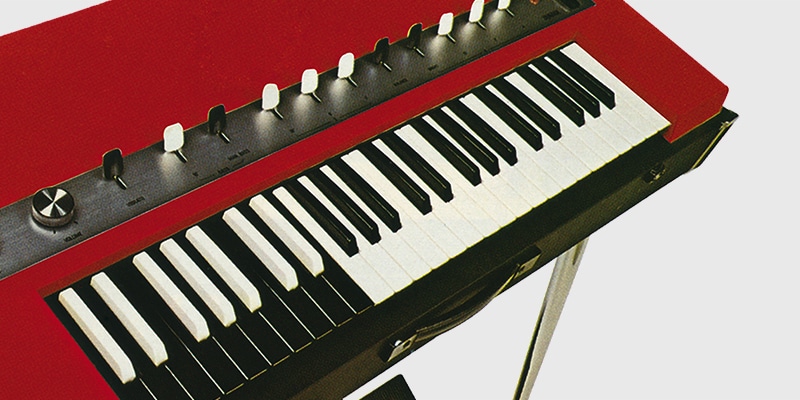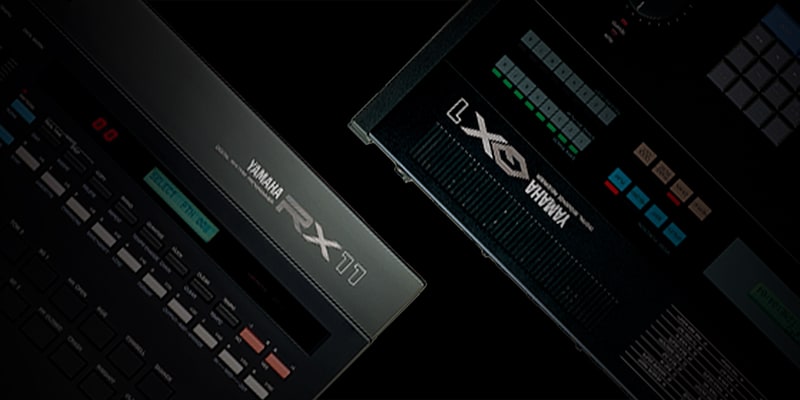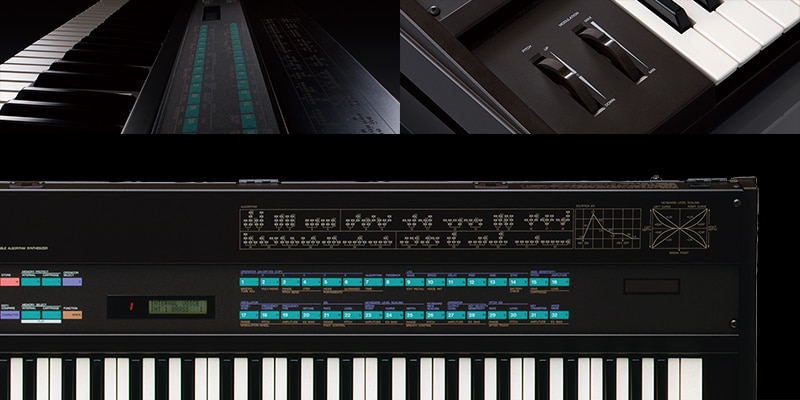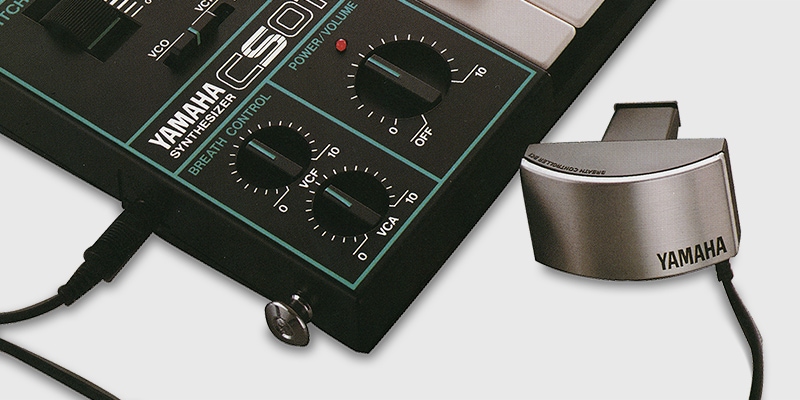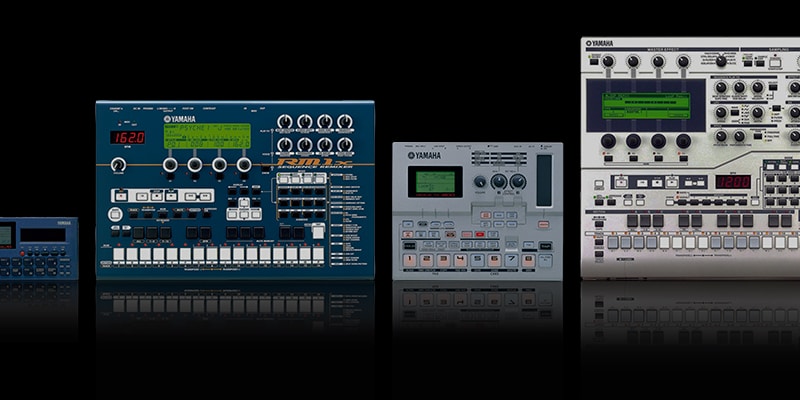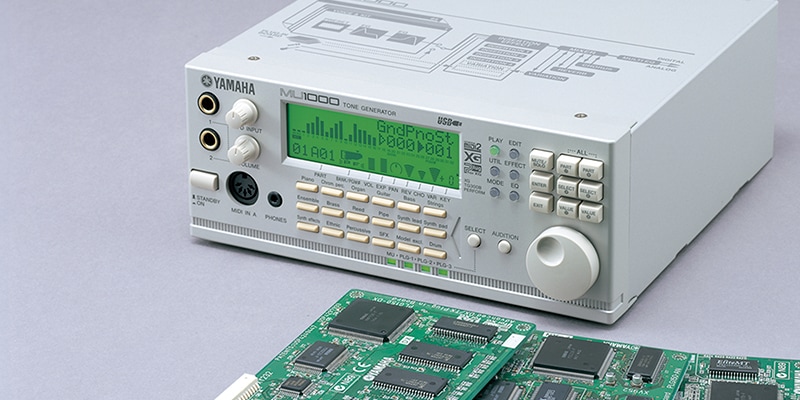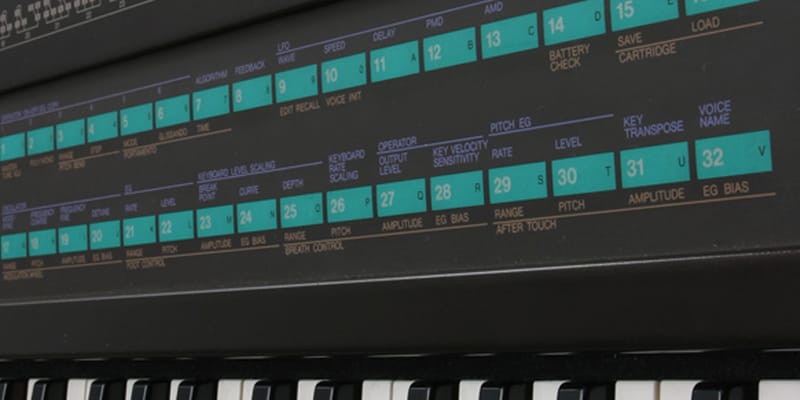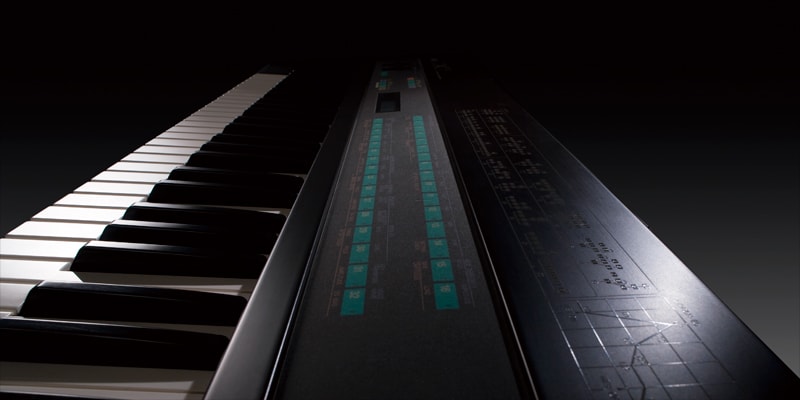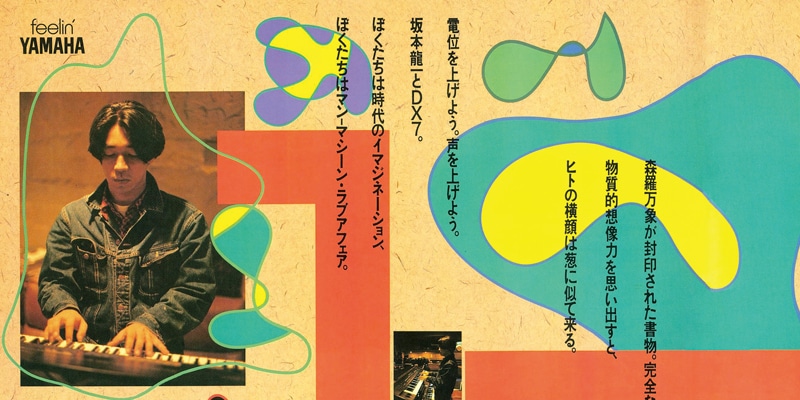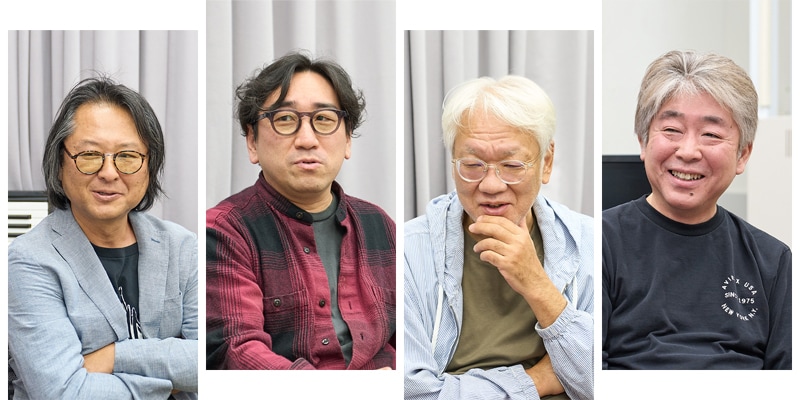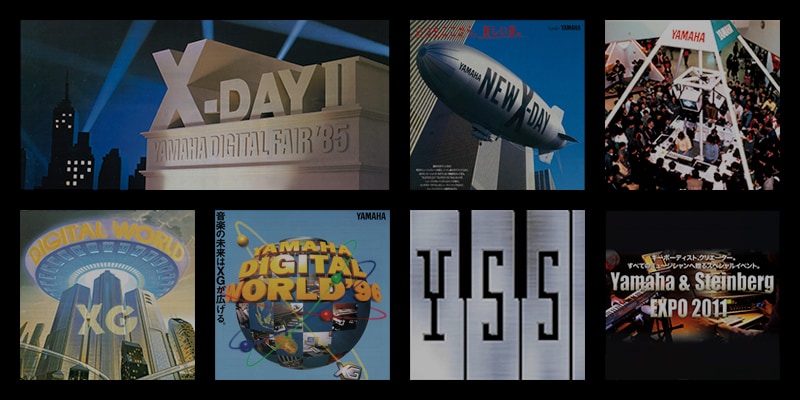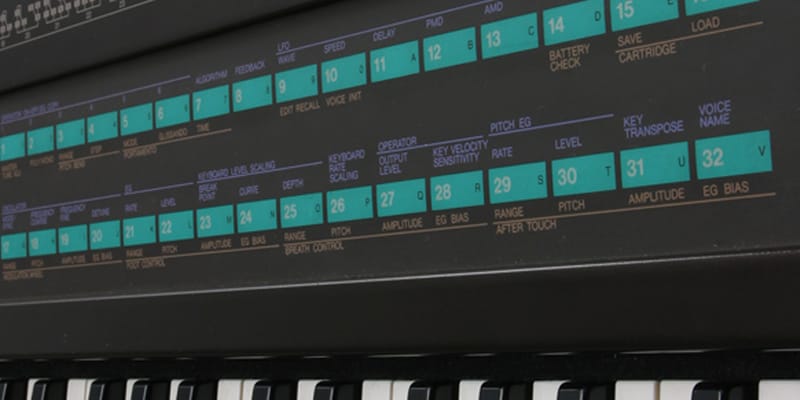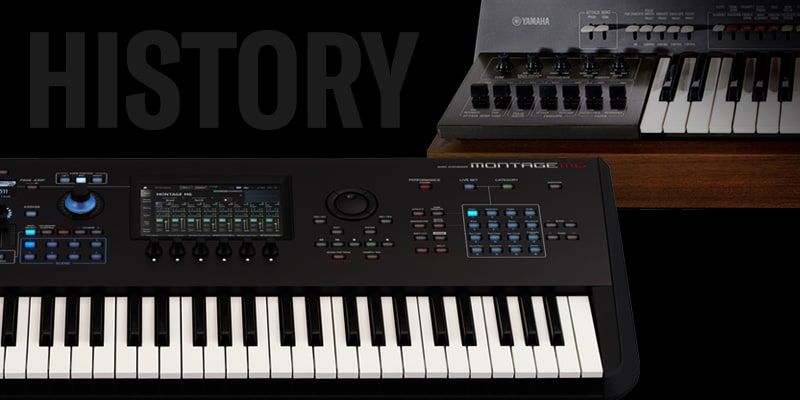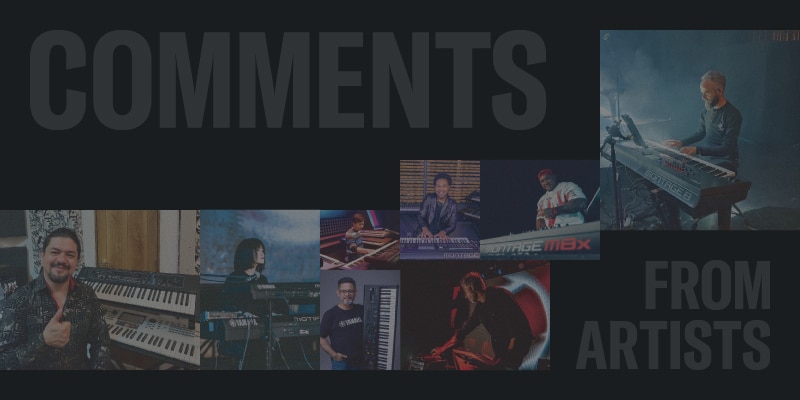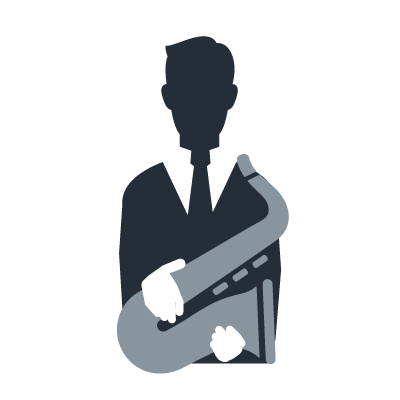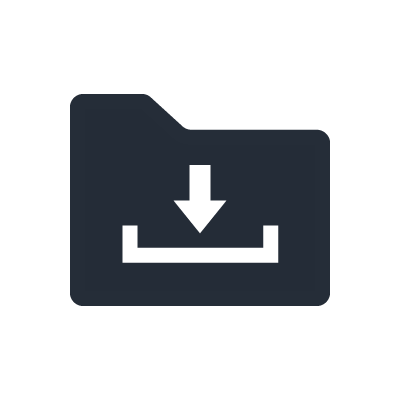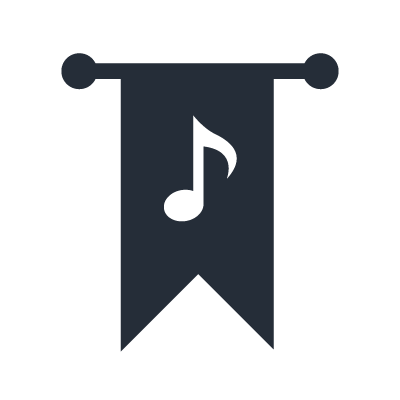QY Series
Pioneer of the New Style Sequencer Genre
As MIDI sequencing functionality found its way into SY Series synthesizers and other similar instruments, demand for the standalone hardware sequencers that had been sold up until then—such as our QX Series products—began to gradually drop off. Embracing a totally new concept, however, Yamaha boldly launched the QY Series of hardware sequencers into this market environment.
In contrast to the SY Series, which comprised synthesizers with a built-in hardware sequencer, our QY Series products can best be described as hardware sequencers that had their own integrated tone generators (or synthesizers). Not only could they be used to program a wide range of different performances, they also produced their own sounds. What's more, these music sequencers featured style sequences—or in other words, complete backing tracks comprising basic instruments such as drums, piano, and bass. Styles were available in a wide array of different musical genres, and they could be played simply by specifying a chord sequence.
At that time, Yamaha was also marketing a range of Portable Keyboard products, and these instruments were equipped with a feature known as Auto Bass Chord. This allowed the user to control a drum pattern and matching bass part by playing the lower end of the keyboard in a specific way. For example, playing the note C on the keyboard would generate a backing sequence in C major, and if you then also played the note Bb at the same time (which is a whole tone down), the sequence would switch to C minor. Using these and many other modes of indicating chords, the user could have the automatic bass accompaniment play along with any chord sequence of his or her choice. The QY Series built on this functionality, adding piano, guitar, and other instrument parts to complement the bass and also providing support for additional chord variations and tension chords. Starting with the QY10, all of the music sequencers in this series featured an AWM tone generator for highly realistic instrument sounds, and these products also attracted much attention for their compact designs, many of which were roughly the same size as a VHS video tape. Thanks to these and other innovative features, the QY Series skyrocketed in popularity.

Yet the best thing about these sequencers was their wealth of built-in patterns and the ease with which they could be combined into arrangements. For example, the user could effortlessly create a backing track by entering a name for a chord sequence and then choosing patterns from a range of different musical genres including rock, pop, jazz, and dance. Another secret behind the popularity of this series was the high quality of the individual patterns—they were not simply intended for practice use and instead were perfectly suited to serious music production. What's more, sequencer functionality similar to that found on our QX Series products made it possible to freely input melodies, solos, and other performance parts, and if necessary, control-panel buttons laid out in the same way as a piano keyboard could be used to both perform and input this data. In addition to pocket-sized, palmtop models such as the QY20, QY70, and QY100, Yamaha also added desktop models to this series in the form of the QY300 and QY700; nevertheless, the portability of the palmtop versions made them that much more convenient, and they became prized possessions of many highly mobile guitarists and other musicians.

This style sequencer concept lives on today in the arpeggiator of our MOTIF series products, and as a professional-grade feature capable of instantly generating backing parts from a diverse array of musical genres, it continues to play a major role in making Yamaha synths highly desirable instruments.



